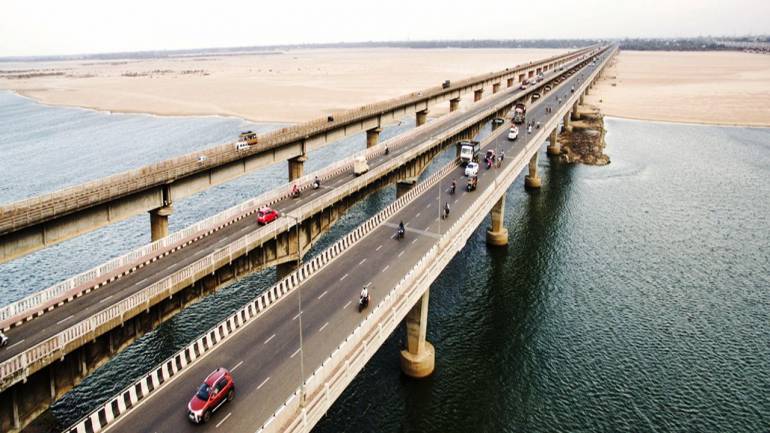GST, cash ban disruptions may delay corporate capex plans till FY20: India Ratings
Disruptions arising from Demonetisation and GST (Goods and Services Tax) have further delayed the capex or capital expenditure by companies till FY20, according to a report by India Ratings and Research.

Moneycontrol News
Disruptions arising from Demonetisation and GST (Goods and Services Tax) have further delayed the capex or capital expenditure by companies till FY20, according to a report by India Ratings and Research.
Over FY18-FY20, growth capex would be muted and overall corporate sector investment would grow by Rs 1 lakh crore (5-8 percent CAGR), primarily in the form of maintenance capex, according to the rating agency’s base case estimate based on moderate consumption demand, global overcapacity and working capital disruptions due to the GST.
During the period, maintenance spending will be incurred by 125 non-stressed corporates of the top 200 asset-heavy corporates given the strong financial profiles and low leverage levels. The 200 asset-heavy corporates, represent 80 percent of the total capex spending from FY12 to FY17 with a capacity utilisation of 75-80 percent, India Ratings said.
"The key driver that will push investment cycle beyond FY20 is the Insolvency and Bankruptcy Code (IBC). This will help in debt resolution of some stressed corporates, increased consolidation and likely mergers will push investment cycle and non-stressed corporates may start investing. Whereas, the stressed corporates will further delay the capital expenditure plans by 2 years," said Priyanka Poddar, Senior Analyst with India Ratings.
Corporates registered 4 percent CAGR (compounded annual growth rate) over FY13-FY17, 13 percent over FY09-FY12 and 49 percent over FY05-FY08.
Corporates are likely to show an unwillingness to invest in long-term projects due to muted demand and significant leverage, despite a low interest rate environment.
The capex of the 200 corporates expanded at a 10 percent CAGR over FY12-FY17.
“However, the 75 stressed corporates, which registered negative 11 percent capex CAGR for FY12-FY17 and are from key investment-linked sectors, such as metals and mining, infrastructure, and power, may not even be in a position to incur maintenance capex. Thus, they are likely to drag down the investment recovery for another two-three years. The 75 stressed corporates represented 20 percent of the total capex spending over FY12-FY17, with a capacity utilisation of 40-50 percent,” the report said.
While the implementation of the Insolvency and Bankruptcy Code, 2016, is likely to streamline debt resolution through debt reduction options for stressed corporates, the low capacity utilisation of 40-50 percent of stressed corporates would lead to a pull-back of investments by the non-stressed corporates. Moreover, the risk-averse behaviour of the banking sector, especially public sector undertakings (PSUs), and NPA challenges faced by banks would increase their reluctance to lend to the fresh projects of stressed corporates.
While liquidation under the Insolvency and Bankruptcy Code, 2016, could lead to supply constraints, giving opportunities to the non-stressed corporates to expand capacity, growing competition and increasing M&A activity will result in the consolidation of the stressed corporates.

















